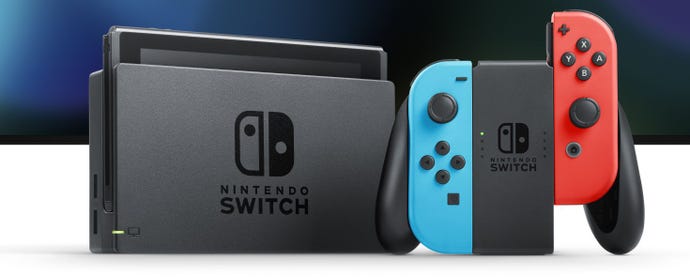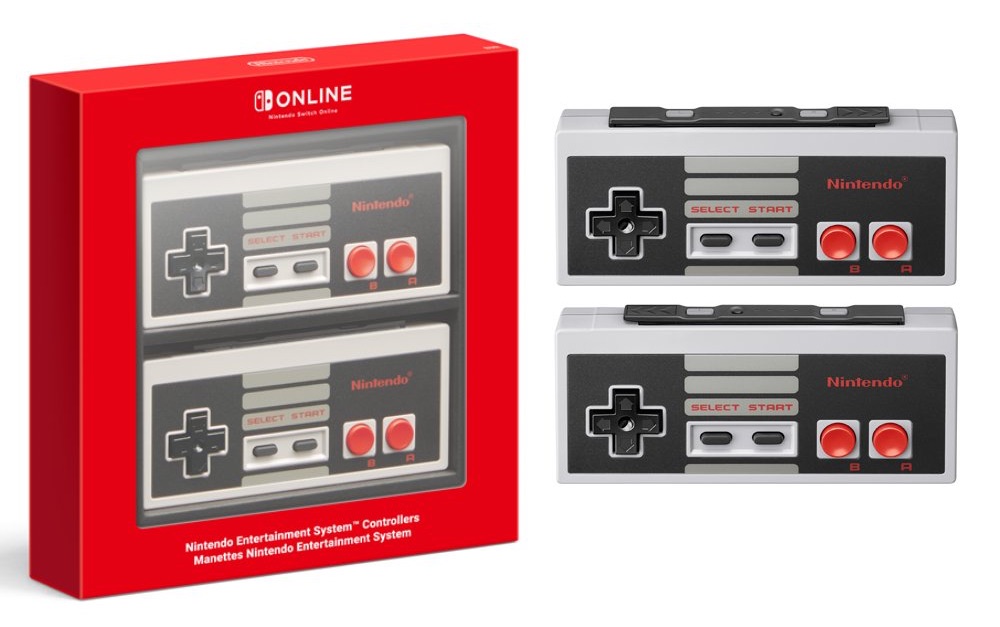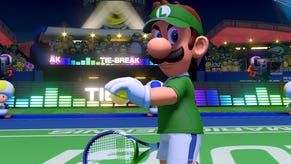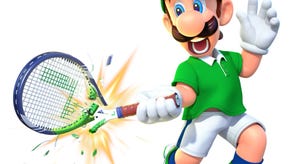How Nintendo took over a planet that had turned its back on game consoles
Masayuki Uemura spent 32 years as an engineer at Nintendo, where as manager of the hardware-focused R&D2 division, he oversaw production of the NES and SNES and watched the company rise to an almost mythological position in the video game industry.
He’s spent the last 15 years as a professor at the Ritsumeikan University in Kyoto, trying to figure out how it all happened.
“Initially I intended to develop this console for the Japanese audience, but then it ended up becoming a global phenomenon,” he told attendees of a talk at the National Video Game Museum in Sheffield. “That’s why I’m studying play culture. I get to find out why Nintendo became so popular.”
Nintendo wasn’t the first company to turn Japanese telly interactive. That distinction goes to Epoch, the toy manufacturer that sold TV Tennis sets in 1975. Epoch beat Atari’s Home Pong to the market by several months with a long, red chunk of plastic that connected wirelessly via antenna, and offered countless hours of extremely basic back and forth across a black screen.

It didn’t sell very well, but Uemura, ever the engineer, took the thing apart and inspected the components. The Japanese console market had been born.
Uemura attributes Nintendo’s initial console success to Space Invaders fatigue. Taito’s Earth defence game had dominated arcades since 1978, and toy companies had competed to sell handheld space-invading devices to children. Into this crowded market, Nintendo introduced Donkey Kong on the Game & Watch - a tiny, multi-screen device that nowadays bears a striking resemblance to the DS.
Mario’s debut, which had already proved a hit in the arcades, was different enough from Space Invaders to establish Nintendo as an innovator. Its animated motion appealed to Japanese children in the same way as ‘moveable manga’, the first wave of anime. And it taught Nintendo an important lesson.
“One of the challenging things about the toy industry is that children easily get tired of them,” Uemura says. “So we cannot treat them with the same game over and over - we have to come up with something new.”
Nintendo’s position was quickly threatened, however, by a fast-changing industry - a common theme in its subsequent history. Even as the Game & Watch became a hit, America was preparing for the rise of the PC. Market saturation had led to the video game crash of 1983, and home computers were expected to replace the dominant Atari 2600, ending the age of consoles for good.
In response, Japanese manufacturers began attaching keyboards to their machines. But as Game & Watch sales began to decline, Nintendo again forged its own path, designing the gamepad-based Famicom.
The company expected that, like all other toys, the Famicom would be popular for a few years before becoming obsolete. It figured that selling the device in the American market would extend that sell period, but faced a problem: the crash had stigmatised games consoles. In fact, US toy manufacturers weren’t interested in the Famicom until after Nintendo had repackaged it as an arcade cabinet - the two-player VS. System - which proceeded to hoover coins from American pockets throughout 1985.
“The fact that Atari failed was not only because of hardware, but because of the poor quality of software,” Uemura concludes. Nintendo’s software was second to none.
If the Famicom was to succeed at home, however, it needed a rebrand. The idea was to distance Nintendo from the existing video game industry as much as possible. The Famicom’s exterior was modified to resemble the VHS players that had become a fixture of American homes, replete with a front-loading cartridge system.
Rather than mimic Atari’s joysticks, Nintendo stuck with gamepads, having learned that Japanese children were liable to step on them after leaving their controllers on the floor. And the company wisely removed the microphone from the second controller - it had been included to capitalise on the popularity of karaoke in Japan, but only one karaoke game was released on the Famicom, and it bombed.
Finally, the company rechristened the family computer as the Nintendo Entertainment System, or NES for short. It was a Trojan horse, a way to sneak video games back into the home under a different name and lounge-friendly form factor.
Realising that it couldn’t promote all of its games through TV adverts, Nintendo opened call centres in the US to answer fan questions, and began its collaboration with games media: Nintendo Power ran from 1988 until 2012, and the UK’s official magazine from 1992 until 2014. Today we simply wait for the next Nintendo Direct, desperate to know where the company’s next left-of-field piece of hardware will take us.
Uemura doesn’t play video games anymore. “I’m sorry about that,” he says. He was always an engineer first. But he still marvels at the phenomenal success of the NES, which he considers testament to Japan’s placement in the world: a tiny set of islands next to a big continent, poised to take on international influences, make them its own, and send the results all over the globe.
Check our list of the best Nintendo Switch games to see what software has been keeping players coming back in 2020.











